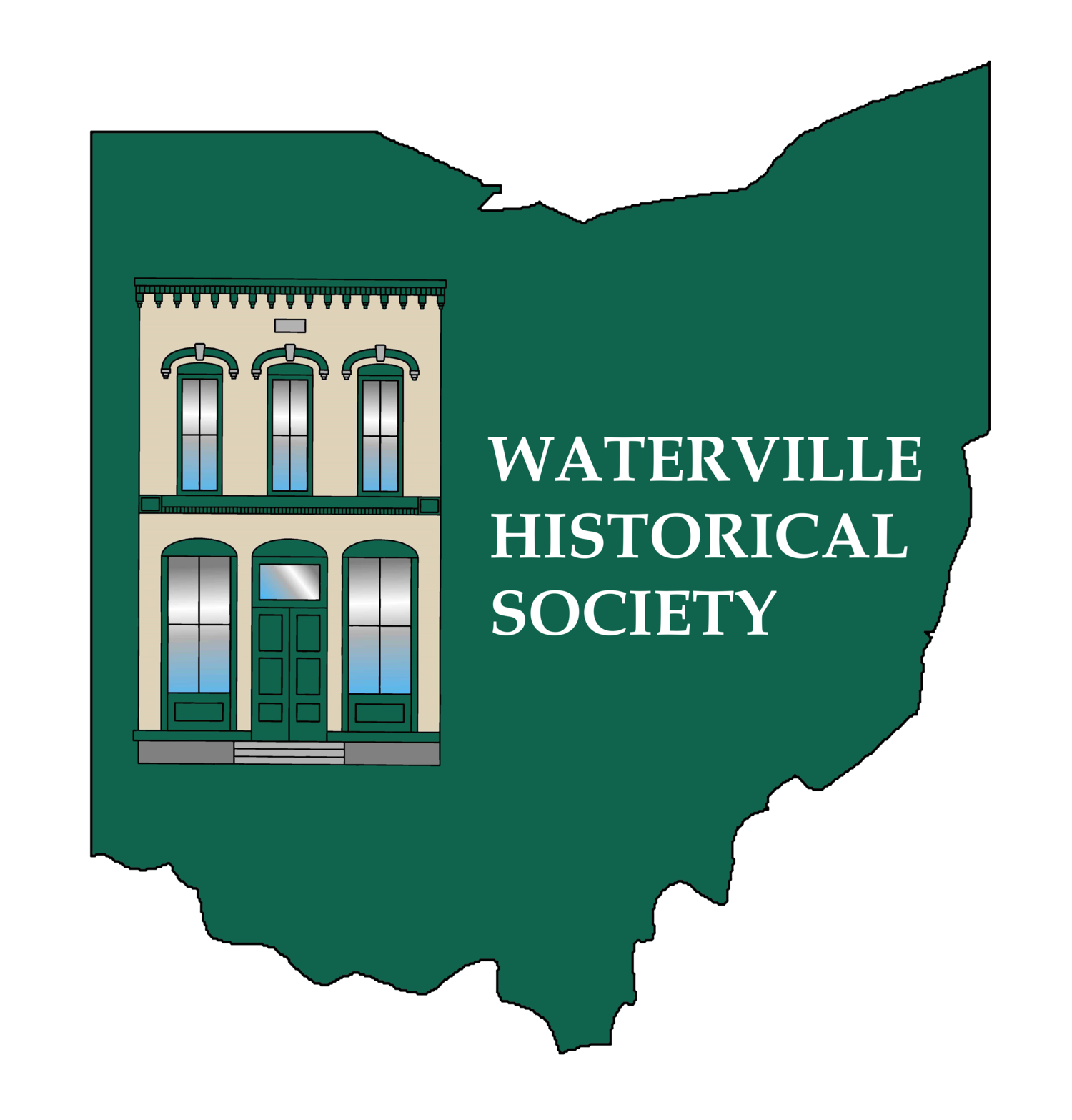HAPPY ST. PATRICK DAY!
This day it seems everybody wants to be Irish and, of course, many of us do have some Irish in our family tree. It was not always so. Some folks came from Ireland in colonial times and were accepted into our culture the same as the Dutch, Germans or any other group. But in the new, free and expanding United States, not so much. The wave of Irish immigrants fleeing from the Irish potato famine were looked down upon and discriminated against. Many labeled them as drunken hot-heads (some were of course.) They came poor and took any job that they could, which led many Irish immigrants to our area to dig the canals being built. It was difficult, hard hand labor for low pay and a daily ration of whisky, and required a large number of men. In January of 1838, Constable Lewis Eastwood of Waterville Township (Waterville government at that time) was ordered by the trustees to warn all “Irish” out of the township before winter for fear that so many of them would be of need of public assistance or welfare that the township could not afford to support them. Actually it was all non-resident persons (canal workers) most of whom were Irish. According to Clark Waggoner’s 1888 “History of the City of Toledo and Lucas County, Ohio” Eastwood served the removal warrant to 546 persons, so the Trustees fears were real even though it sounds cruel. We actually have in the Archives a copy of the original order signed by John Pray and Willard Gunn, Overseers of the Poor and Lewis Eastwood’s list of persons served with the order by name, 520 in all. Eastwood was paid $52.37 for his labors. These people apparently survived because when canal work resumed there was plenty of labor to finish the canal. Some of the canal workers died of malaria or other diseases under the harsh unhealthy conditions of their labor and some may be buried in a potter’s field that is part of the Wakeman Cemetery today. Some of these Irish bought land or established a business in this area after the canal was finished and became accepted citizens. St. Patrick’s Catholic Church at the ghost town of Providence along the canal near Grand Rapids was established by these early Irish citizens. Time heals all wounds and the Irish eventually became accepted and even admired for their hard work, persistence and good humor, so today we all want to claim to be Irish. This story could happen only in America! So wear something green and celebrate being Irish, if only for the day.
